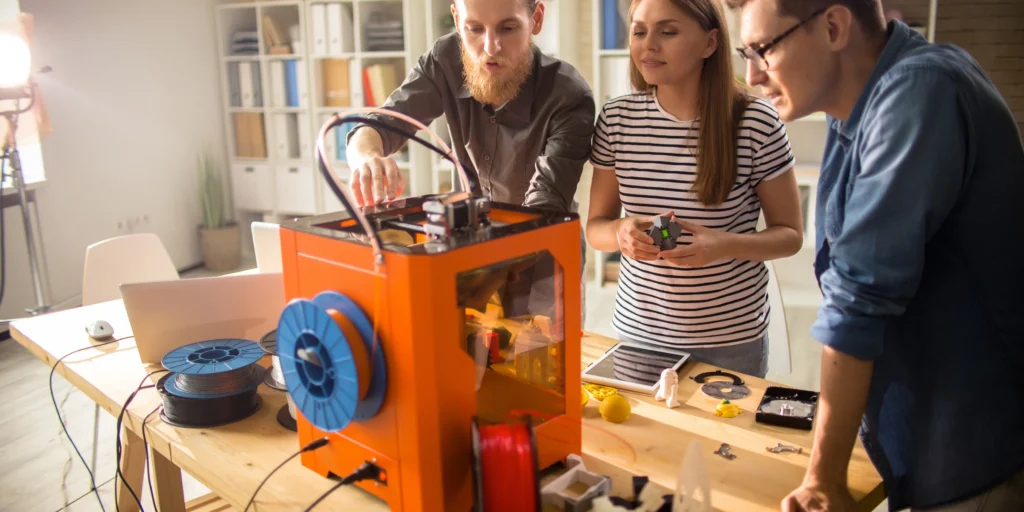Introduction
The office landscape is changing, but it’s not just about hybrid work or open-plan designs. A new, silent trend is reshaping how work gets done: the unofficial use of AI. What was once a topic of futuristic debate is now a quiet reality, with many employees using tools like ChatGPT and Gemini to get ahead – often without their boss’s knowledge.
The numbers are telling. According to a recent survey by Ivanti, 46% of office workers are using AI tools not provided by their employer, and 32% are keeping it a secret. It’s a clear signal that workers are eager to find a productivity edge, and in the absence of clear company guidelines, they’re creating their own. They’re using these digital assistants for everything from drafting emails and summarizing long documents to analyzing data and brainstorming ideas. This isn’t a rebellious act; it’s a sign of a new, worker-driven innovation.
Why It Matters: A Question of Trust and Innovation
This trend, often called “shadow AI,” reveals a fascinating paradox. While companies are still deliberating over AI policies, their own workforce is already proving the technology’s value. However, this secret adoption creates a significant “organizational blind spot” blind spot.
When employees use AI in the shadows, companies miss out on understanding the real-world benefits and risks. A study from the Melbourne Business School found that 8.5% of prompts into popular generative AI tools included sensitive data, with nearly half of those containing confidential customer information. This can lead to significant issues, from data privacy risks to the loss of trade secrets. From a human perspective, this secrecy can also lead to “AI shame,” where workers fear being judged for relying on a tool instead of their own skills, which in turn stifles open discussion and collaboration.
Quick Takeaways
- Widespread Adoption: Over a third of the workforce is using AI for daily tasks, often without official permission.
- Worker-Driven: Employees are actively seeking out these tools to increase their own efficiency.
- Hidden Risks: Unofficial AI use creates security vulnerabilities and a lack of oversight for companies.
- The Problem Is Trust: The secrecy isn’t a sign of rebellion, but a lack of clear policy and psychological safety in the workplace.
A Curious Path Forward
This trend signals a critical moment for business leaders. The question is no longer if AI will be used, but how. As an Accenture report from early 2025 notes, companies that embrace this reality and create a culture of openness and experimentation will be the ones that truly harness AI’s potential. Instead of trying to stop the inevitable, the smartest leaders will be those who set clear guidelines, provide proper training, and invite their workforce to co-create the future of work, with AI as a partner, not a secret.








Leave a Reply